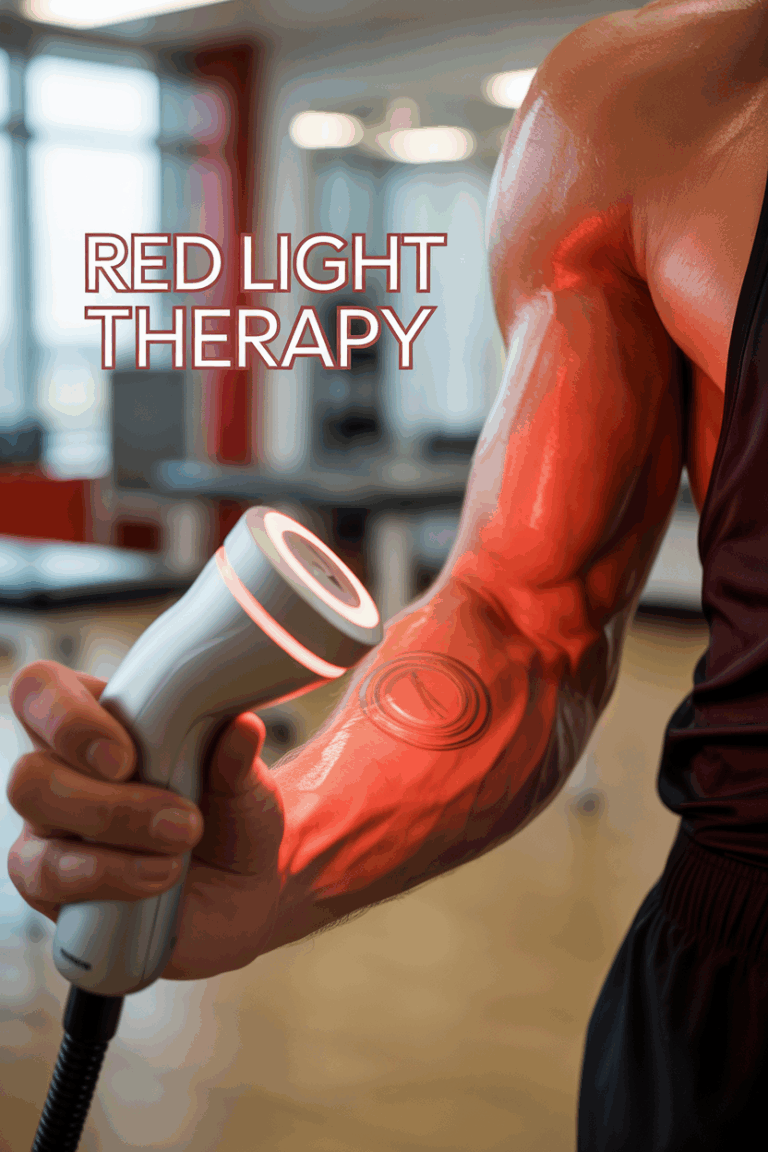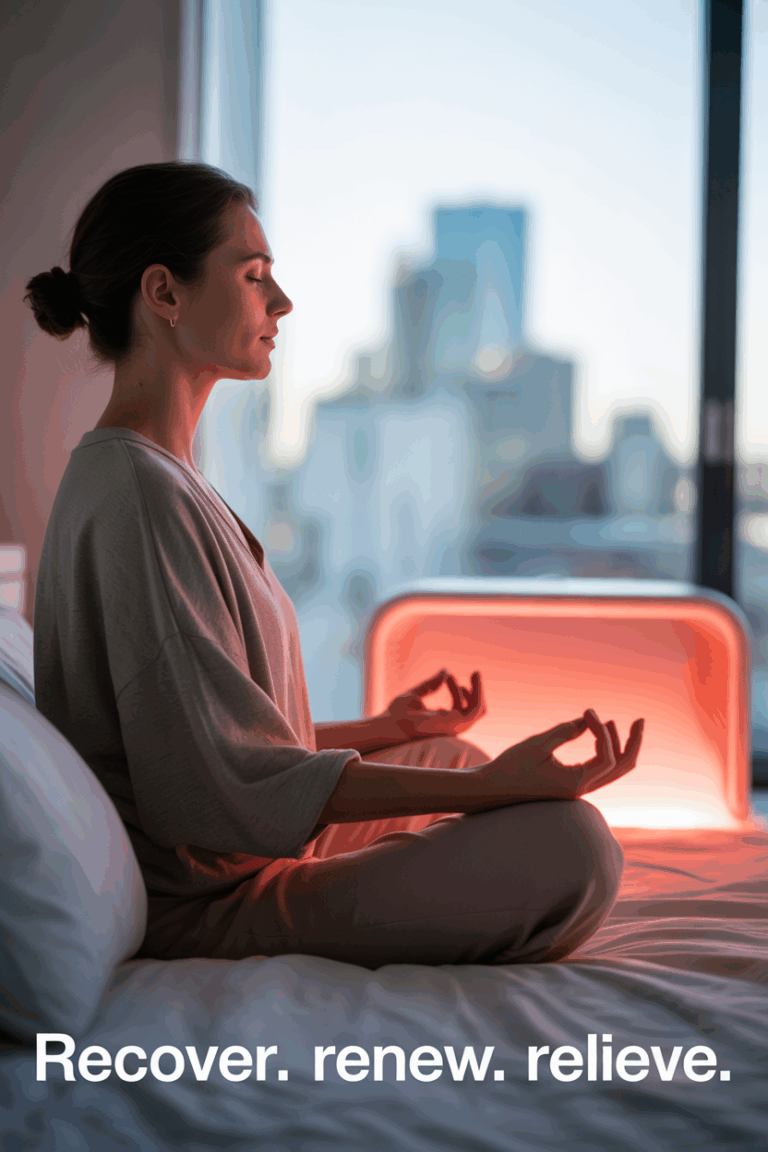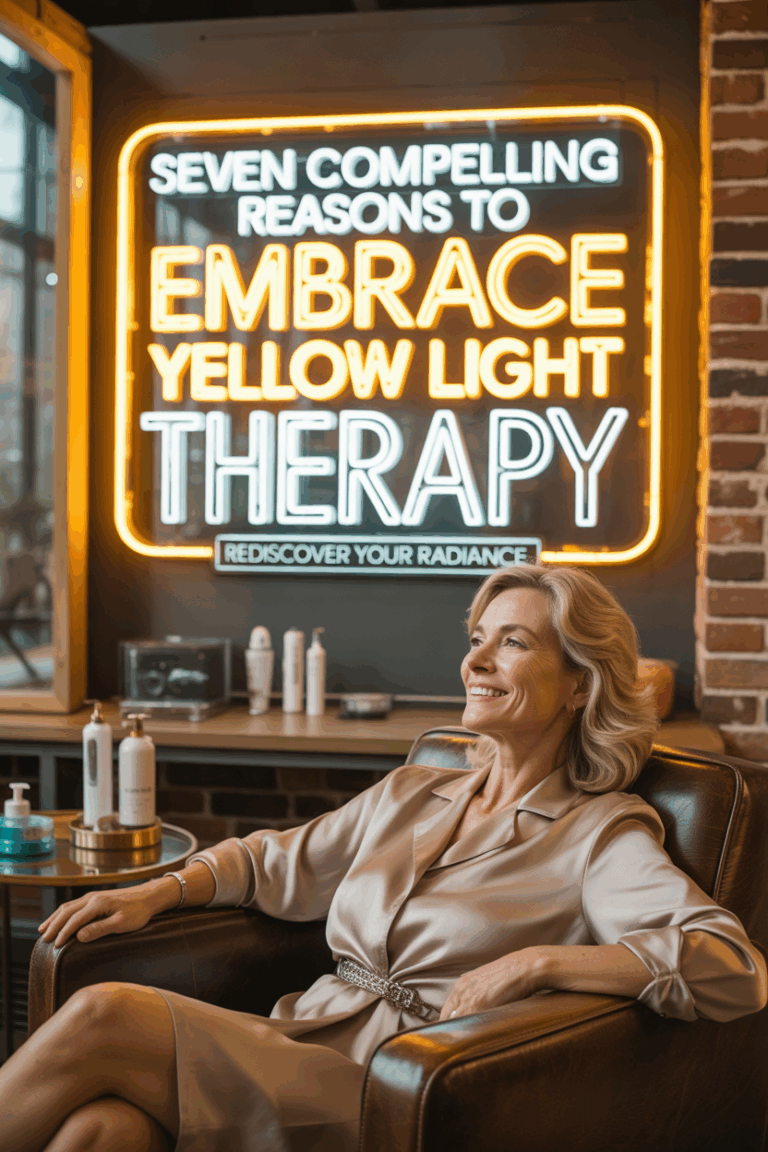Can Red Light Therapy Regrow Gums? These Studies Say Yes
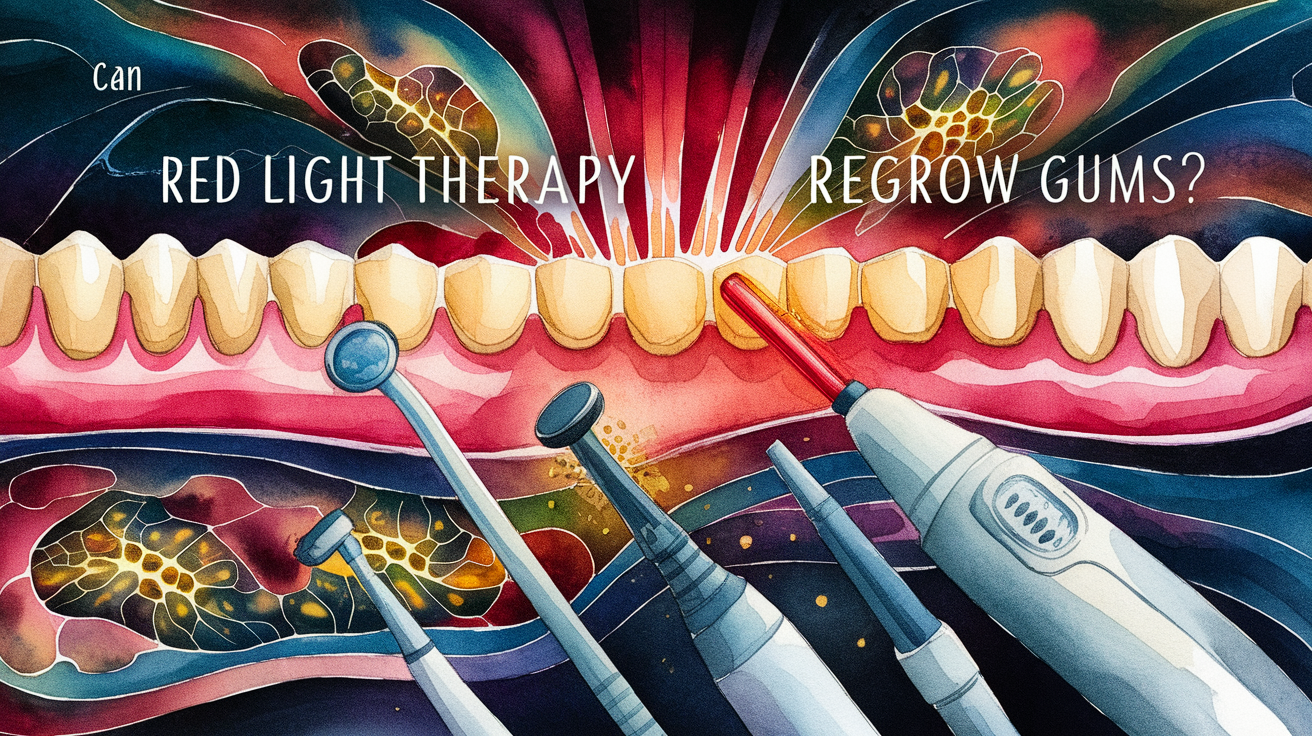
Can Red Light Therapy Truly Regrow Gums?


You might be surprised to learn that it’s possible to regrow your gums. While it may sound unlikely, new science shows that light can support gum tissue regeneration.
This journey began in 1990 when researchers perfected the PerioLase MVP7 laser for their “laser-assisted new attachment procedure” (LANAP).
By 1996, they had proven that they could regenerate the root, meaning they stimulated the gums to heal and grow back.
The treatment helped new, healthy tissue grow from the old supporting structures. The authors reported that the unhealthy root surfaces grew “pristine attachments in human beings.”
Red light therapy for teeth and gums is the natural next step from these in-office treatments, now available for home use. It can help with a range of issues, from periodontal disease and receding gums to bad breath and tooth sensitivity.
What Is At-Home Oral Light Therapy?


Oral light therapy uses specific wavelengths of light—usually red, infrared, and blue—to boost your overall mouth health.
The light helps heal gum tissue and even bone. This can directly address issues like receding gums.
This gentle therapy can also make your teeth less sensitive, offering a simple solution for a common discomfort. Combining the antibacterial power of blue light with the healing power of red light can greatly improve your daily dental care.
Best of all, red light therapy for the mouth is a pain-free treatment with very few reported side effects.
It’s readily available for home use without a prescription, making holistic oral care more accessible than ever.
How Does Light Therapy Improve Oral Health?

The power of oral light therapy comes from its interaction with your body’s cells. It works in several ways to bring health and balance back to your mouth.
The therapy works by helping your cells’ powerhouses, the mitochondria, make more adenosine triphosphate (ATP). ATP is the fuel that powers cellular repair and growth.
The light also tells your cells to lower inflammation. Chronic inflammation is a major cause of gum disease and other mouth problems.
At the same time, it encourages the factors that are responsible for rebuilding and repairing damaged gum tissue.
Finally, these helpful light waves block pain signals. This gives you natural relief from mouth pain and sensitivity.
How Do Red and Infrared Light Heal Gums?
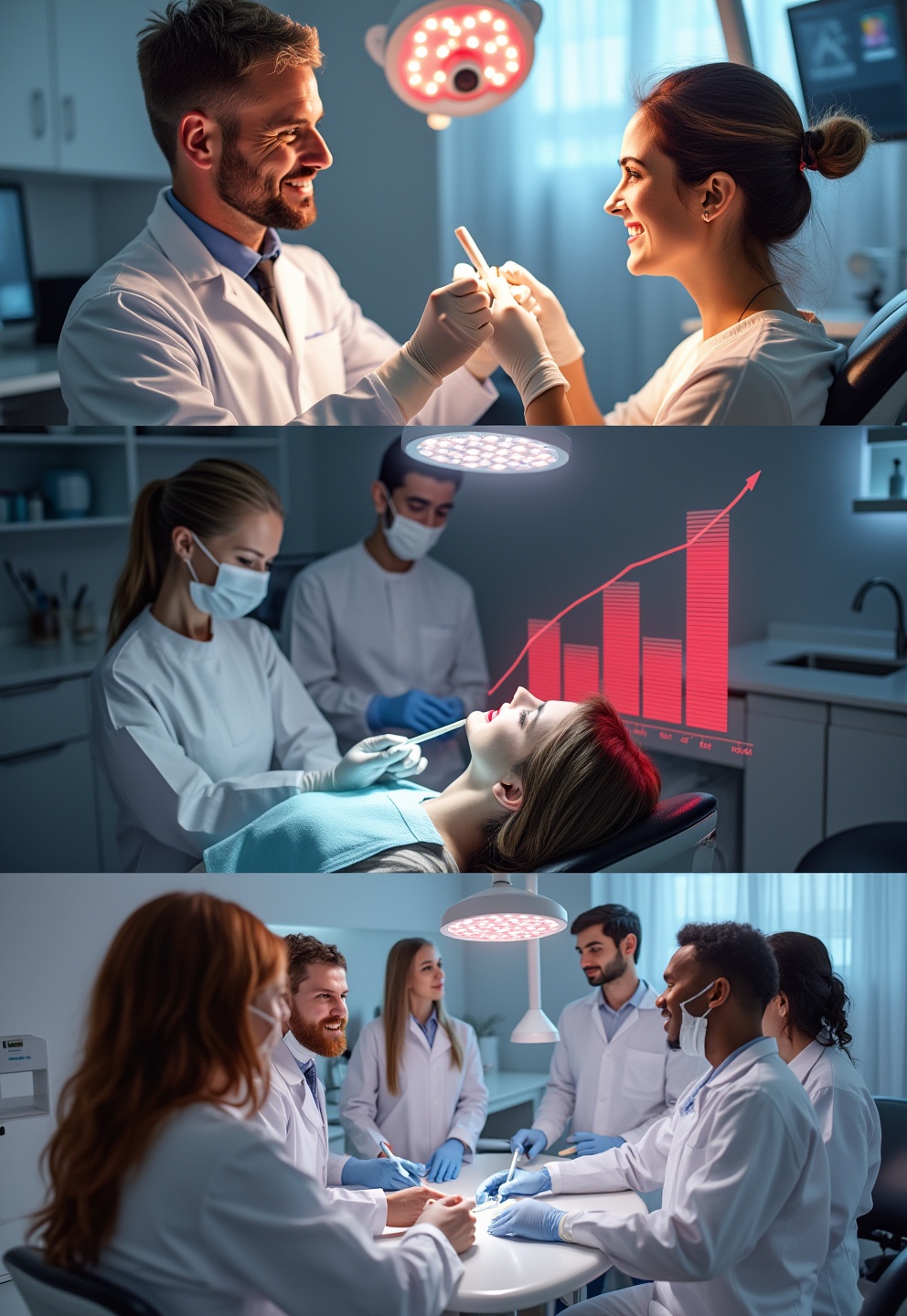

Red and infrared light are key to tissue repair in oral therapy. They send energy deep into your gums to start the healing process.
These light waves encourage your body to make more collagen and elastin. These proteins are vital for keeping your gums healthy, strong, and firm.
They also boost blood flow to your gums. This brings more oxygen and nutrients for healing and carries away waste.
This extra energy and better circulation support your gums’ natural healing. It may also help prevent plaque and lower your risk of gum disease.
Furthermore, red light therapy has pain-relieving effects, helping to ease pain associated with dental procedures, tooth sensitivity, or other oral conditions.
The Antibacterial Power of Blue Light
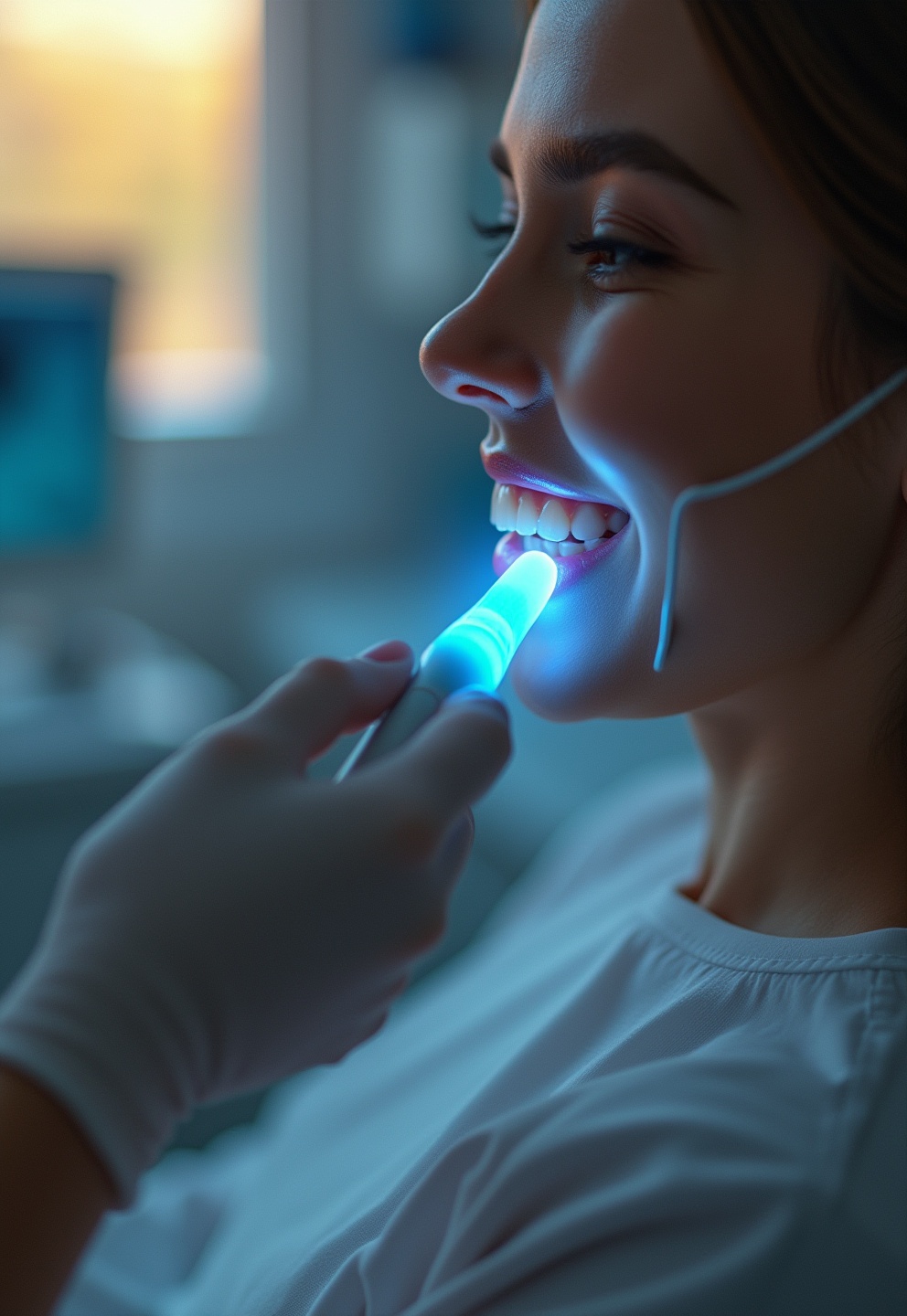
Blue light therapy adds another important layer of protection to your oral health routine. Its main benefit is creating a cleaner, healthier mouth.
This gentle treatment is proven to have a powerful antibacterial effect. It specifically targets the harmful bacteria that cause infections, bad breath, and decay.
This makes it a valuable tool in preventing and managing oral conditions such as gingivitis and dental caries.
In thousands of studies, blue light has also been shown to reduce inflammation and promote wound healing.
Its benefits are especially potent when combined with red light, creating a comprehensive approach to oral wellness.
What Are the Benefits of Oral Light Therapy?
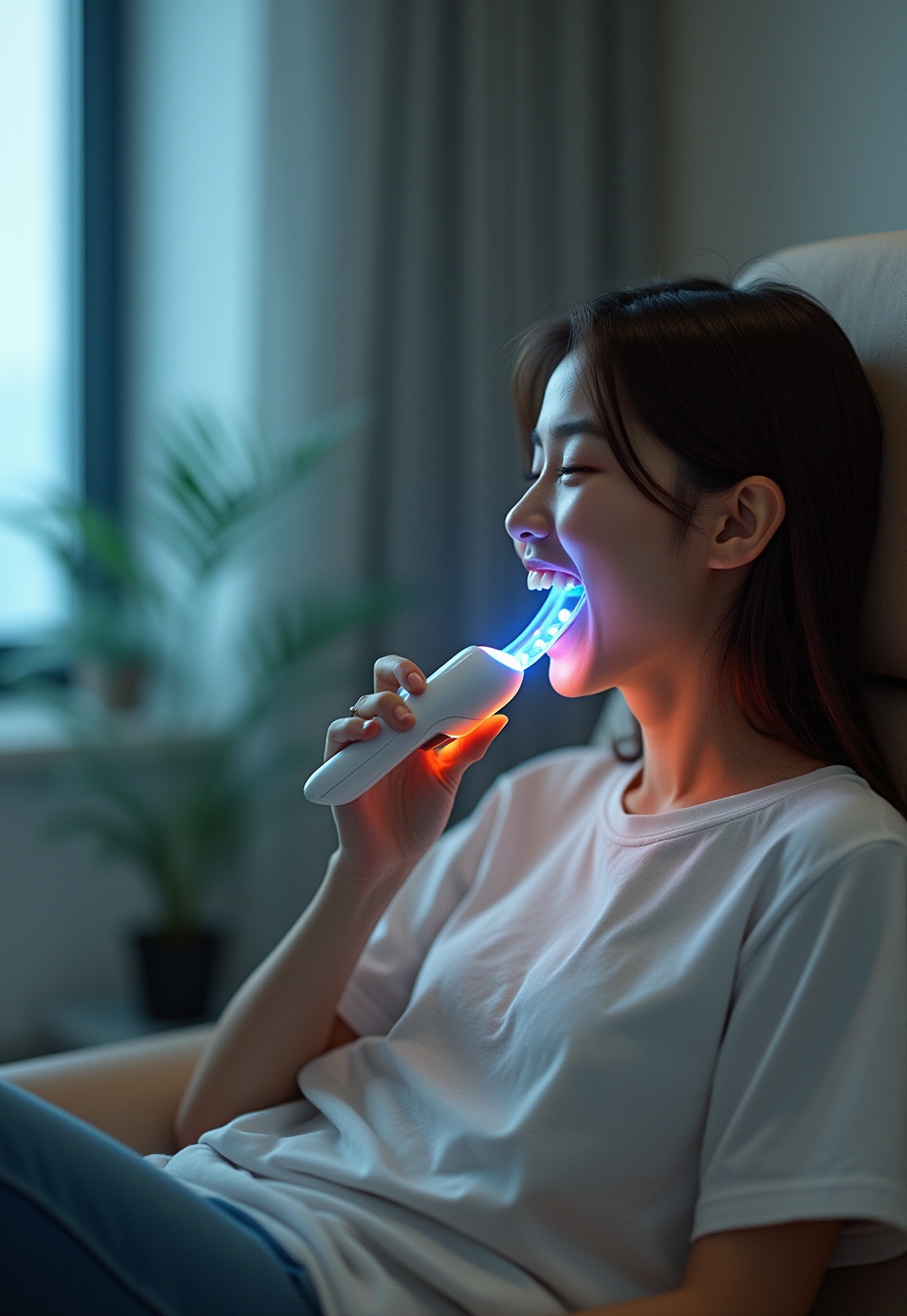

Using at-home oral light therapy consistently offers many wellness benefits for your mouth.
It supports the natural healing of receding gums, helping to restore your gum line.
The therapy is excellent for reducing the inflammation of periodontal gum disease.
It helps get rid of bad breath by fighting odor-causing bacteria in your mouth.
By fighting unwanted oral bacteria, it helps create a healthier, more balanced oral microbiome.
You may also notice much less tooth sensitivity, making eating and drinking more comfortable.
It even helps reduce discomfort and post-procedure pain, speeding up your recovery.
Can Light Therapy Soothe Tooth Sensitivity?

A key study looked at whether photobiomodulation (red light therapy) could reduce tooth sensitivity after whitening treatments.
Fifty people joined a special clinical trial. It was randomized, double-blind, and placebo-controlled.
Their mouths were split into four groups to test a special paste and red light, both alone and together.
| Group | Paste | Red Light Therapy |
|---|---|---|
| 1 | Placebo | Placebo |
| 2 | Placebo | Red Light Therapy |
| 3 | Protein-fluoride-Peptide | Placebo |
| 4 | Protein-fluoride-Peptide | Red Light Therapy |
Researchers checked tooth sensitivity for four weeks. The groups using either the special paste or red light therapy had less sensitivity than the group that got neither.
Best of all, the group that used both the paste and red light therapy felt almost no sensitivity. This shows how well the treatments work together.
Does Light Therapy Help Heal Dental Implants?
Another great study showed that red light therapy supports gum healing around dental implants.
Researchers studied how red light therapy affected the healing of tissue around implants at a cellular level. They tested three key cell types: oral keratinocytes, gingival fibroblasts, and osteoblasts.
The results showed red light therapy greatly improved cell health and other signs of healing.
The study concluded that red light therapy boosts the cell functions needed for successful healing around implants.
Researchers even suggested using it regularly to get better results from oral implant procedures.
A Gentle Solution for Childhood Gingivitis
A 2008 study looked at using a low-level laser to treat chronic gum inflammation (gingivitis) in children. It proved to be a gentle and effective option.
Researchers divided 100 children into two groups. One group received only standard scaling treatment, while the other received scaling plus red light therapy.
Both groups saw their gum health get better. But the group that also had red light therapy showed much better clinical results.
The red light therapy group’s Sulcus Plaque Index (SPI) scores dropped by an incredible 95%, compared to an 84% drop for the scaling-only group.
Similarly, their Community Periodontal Index of Treatment Needs (CPITN) scores also dropped by 95%, compared to an 81% drop in the other group.
Adding red light therapy to standard treatment improved results by 11-14%. This proved its value as a safe, extra therapy.
How to Get the Best Results from Oral Light Therapy

If you want to see real results from your oral light therapy device, being consistent is the most important thing.
You must use the light consistently for at least two to four weeks to see major changes in your gum tissue.
You might feel some effects, like pain relief, much sooner. But tissue healing is a slow process that requires commitment.
Patience and sticking to your daily routine are key to getting the best results.
It is also very important to follow the instructions for your specific device. How long and how often you do your sessions is critical for success.
Do not use it more or less than the instructions say. This ensures it is both safe and effective.
How to Choose the Right Home Device

When choosing a home oral light therapy device, pick a quality product from a company you can trust.
Some wellness devices can be poorly made, so be a smart shopper.
To find a reliable product, look for devices with good return policies and strong warranties.
An oral light device typically consists of a mouthpiece tray with LEDs, powered by an external controller. For the best results, look for a tray with both red and blue lights. This gives you both healing and germ-fighting benefits.

A typical session time recommended by many brands is around 5 minutes per day, making it an easy addition to your routine.
For example, the NovaaLab Novoral Care Pro features a mouth tray with 8 red (660 nm) and 8 blue (450 nm) LEDs. NovaaLab offers a 60-day return policy and a one-year warranty, which are good signs of a confident company.
The Future of Your Smile: A Commitment to Self-Care
Oral light therapy, with its mix of red, infrared, and blue light, is an exciting and gentle way to improve your oral health routine.
This therapy is a powerful tool for self-care, helping you take control of your long-term dental wellness in just a few minutes each day.
It works naturally to reduce harmful bacteria, calm painful inflammation, and lessen bad breath.
By boosting your body’s own cell energy, it encourages natural tissue repair and helps heal your delicate gums.
Using this technology is a simple but powerful way to get a healthier, brighter smile for years to come.


